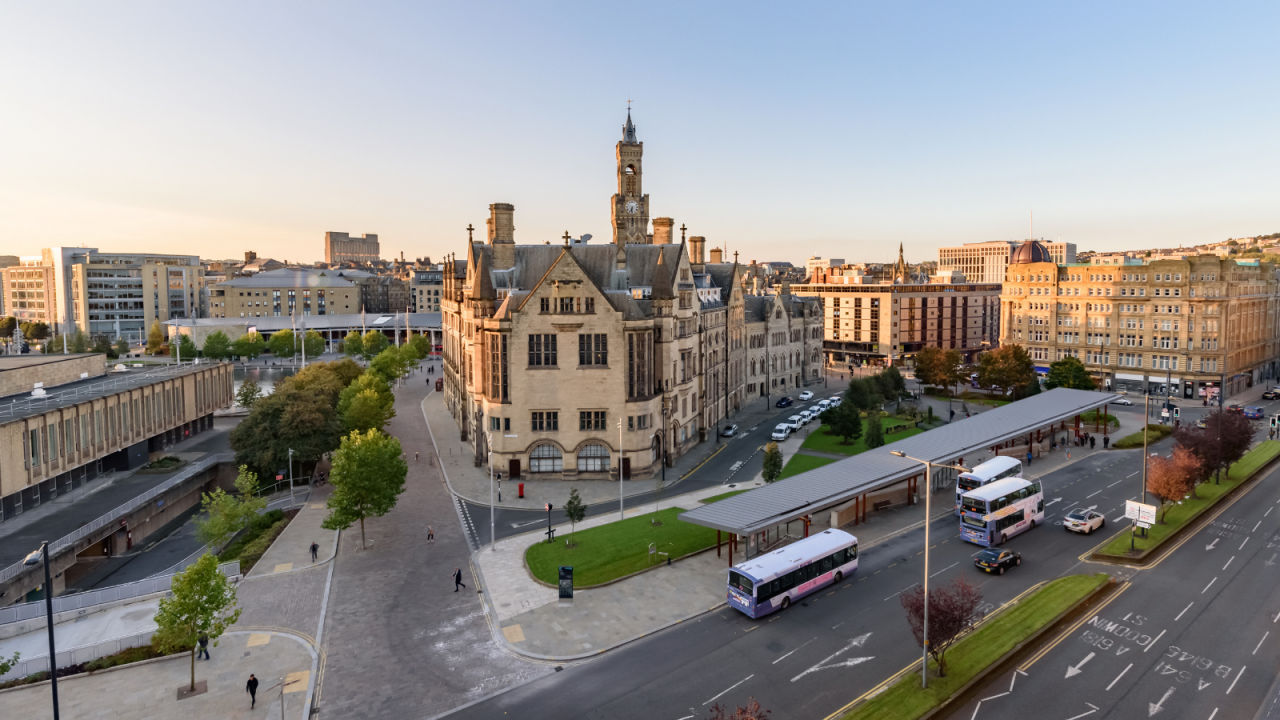
The concept of healthy cities is more relevant now than ever. After COVID-19 emerged, public health was thrown into the spotlight and so, too, was the potential for cities to be catalysts for better health.
Bradford, like many of our Healthy Cities network partners, had to adapt to the changes imposed by the pandemic.
Our URBACT Leadership Group could not meet in person for long periods because of restrictions, but we adapted by taking a more flexible approach to collaborating – fewer formal meetings, more informal and online networking. Being more adaptable enabled us to progress our work, but also to make sure we were listening to what our communities needed during this crisis. Never, in recent history, has public health been such a leading topic in society, and the limitations of our urban environment been such a focus.
If the pandemic has led to personal loss, and societal restrictions, it has also challenged us all to think differently about the nature of our changed circumstances. The volunteer response from Bradford’s communities has been extraordinary. It has shown again how much can be achieved when we all work together.
Considering our original ambitions for Bradford as part of the Healthy Cities network, it is clear that some long- held aspirations to establish more active travel options could be delivered as a direct response to the pandemic, even if only as trials rather than permanent changes.
Ways to increase walking and cycling, relieving pressure on public transport at a period where social distancing was reducing capacity, were needed. Bradford established new cycle lanes on key highway routes, as commuters reticent to use public transport sought alternative solutions for their daily commute. New cycle parking spaces, wider pedestrian crossings and free cycle training for adults were also delivered. Desirable public footpath routes were constructed as a sense that walking would provide a more socially distanced solution for important local journeys. Footway widening, pedestrian management and decluttering in locations across town and city centres were implemented on highways and in key busy public spaces.
There was an estimated 22% jump in bicycle sales in the UK after several years of stagnation. Along the cycle route from Bradford to Shipley there was increase on weekends of 90% in November 2020, compared with the same period in November 2019. Bradford is currently preparing to trial low traffic neighbourhoods and school streets as part of the next steps to support a modal shift to active travel solutions.
More space has been given to pedestrians and cyclists in our urban environment as a response to the pandemic, but the need for access to blue and green infrastructure has also become a higher priority for our communities. As a district, Bradford has areas of outstanding natural beauty beyond its urban settlements, such as Ilkley Moor. However, the need to access outdoor parks and play spaces on the doorstep of our urban neighbourhoods has become essential for communities.
The public health value of access to green spaces in urban communities is well understood, but research by our partners at the Bradford Institute for Health Research, as part of the ‘Born In Bradford’ study had added a local dimension to the evidence.
COVID-19 has changed our relationship with green space and nature even more profoundly. The UK Government’s Office for National Statistics stated, “the coronavirus pandemic has forced people to interact with familiar surroundings in new ways. While bedrooms have become offices, gardens – and the areas within walking distance of home – have become wildlife-watching spots and gyms. Nature has been a source of solace for many, as lockdown rules have heightened our appreciation for local parks and green spaces."
A theme of Bradford’s draft Integrated Action Plan for Healthy Cities is access to green spaces in our urban communities – not just somewhere in the district, but right in our neighbourhoods – becoming more important for our health and wellbeing. We have been able to deliver some new green spaces in our city, like Kashmir Park and Attock Park. Working with community stakeholders to understand what is important to their cultures and seeking to co-design solutions has helped to develop a sense of ownership of these projects in the community, while adding value to the physical interventions that have been built.
The coronavirus pandemic has been and remains a devastating challenge to our everyday way of life, but it has also created a new understanding of what will be needed to shape our cities for better public health and wellbeing.
